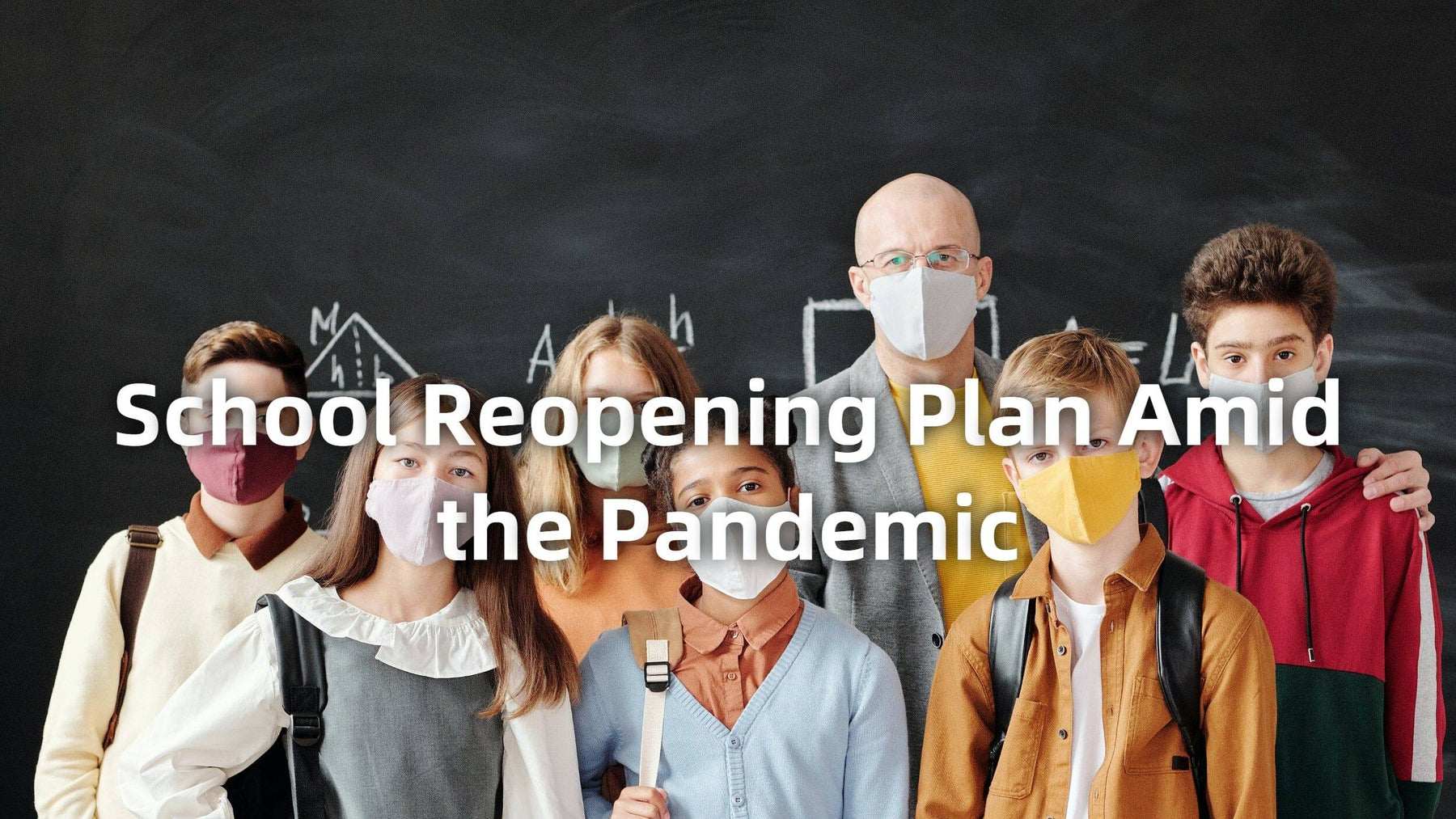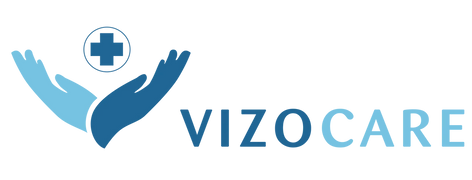
New York City’s School Reopening Plan Amid the Pandemic
New York City Mayor Bill de Blasio insisted that all students must return to full time classes regardless of the COVID-19 pandemic and the spread of the Delta variant. The country’s largest school system plans to return to normal schooling with no distancing options. But with the Delta variant and the slow vaccination rates fueling a spike in COVID-19 cases in the city, some families and teachers are wondering if school reopening plans that seemed likely just a few weeks ago are now under threat. Mayor Bill de Blasio has insisted that there will be no major changes. However, the administration must settle on important details such as how often students and staff should be tested for COVID, and how to contact them when positive cases arise.
The mayor plans to fully open all 1,800 public schools in New York City full-time, five days a week. Before the pandemic, only immunocompromised children were able to learn remotely, with an existing city program that allows children who cannot go to school safely to receive in-person teaching at home. This program is generally short and will remain so this year, though city officials expect more students to be eligible for the program during the pandemic than in the previous years.
Masks and vaccinations

While there are still debates about mask mandates in schools in other parts of the country, the state of New York has already announced that all students, teachers, and staff must wear masks regardless of vaccination status. The mayor has announced that teachers must submit to vaccinations or weekly tests until school starts. It is possible that New York City will make vaccination mandatory for teachers on the first day of school, or later this fall. Randy Weingarten, who runs the nation’s second largest teachers’ union, said districts should require teachers to get vaccinated. Michael Mulgrew, the president of the New York City Teachers’ Union, has yet to commit to supporting a mandate, but he has already asked members of the union to prepare for the possibility of a mandate.
At least 60% of teachers in New York City have already been vaccinated, but the actual percentage is most certainly higher, as these numbers do not reflect teachers who received vaccinations outside the city. Mr Mulgrew said his union believes the actual percentage is between 70% and 80%, and that there were problems with tracking vaccinations during the first few weeks that teachers were eligible during the past winter. However, there is no vaccination requirements for eligible students. Nearly half of the city’s children age 12 and older have already been vaccinated, but the city cannot yet confirm the number of children attending public schools. Children under age 12 may become eligible for vaccination later this year. The city has upgraded and fixed the ventilation systems in several city schools since last summer, and it is checking each building to make sure that all repairs are done before classes begin. This year, there will also be two air purifiers in each classroom.
Uncertainty of the Delta variant
Parents and teachers have s good reason to be skeptical of the city’s announcement on reopening schools as the mayor has already twice delayed the start of classes last summer, just days before classes opened, which caused confusion. But this doesn’t mean that the city’s strategy is likely to drastically change this year. The mayor does not face enough pressure to delay classes or add a full-time remote option, as there is now more support from parents, teachers, and unions to reopen schools than last summer. However, this may change if the pandemic situation gets even worse in upcoming weeks.
President Biden has said he believes every school in America should be open for in-person classes this year, and New York City has received an influx of federal dollars to keep schools safe. Now, unions representing teachers and principals are in support of the mayor’s plan. This is partly because school reopening is no longer just an experiment. Even before teachers and students were eligible for vaccination, New York City schools has seen very low transmission in the last school year, and the positivity rate in the school was .03% back in June.
Important details to be finalized
The city is still in talks with unions on how it will approach in-school testing, and if positive cases emerge, how students and staff members will be quarantined. In 2020, the city randomly tested 20% of all students in all schools every week, and schools with multiple cases were forced to close classes. However, this led to so many closures that parents argued the schools were barely open. The mayor eventually raised the number of positive cases that would lead to a shutdown, but some parents are hoping that vaccinated students and teachers won’t have to be quarantined this year. Whatever the mayor’s decision, the announcement will most likely outrage at least some teachers and parents. Even if the city gets rid of a numerical limit to close schools, or exempt those who are vaccinated, the education department has to figure out a way for quarantined students to learn online. It’s likely that students under quarantine will learn online for a few days with teachers from their own schools, but teachers said they need more details to plan for the fall.
Most New York City schools are able to accommodate the entire student body while maintaining a distance of three feet. But there are some schools that are too overcrowded to accommodate all the students and teachers three feet apart. In these schools, teachers will try to separate students wherever possible and at least some classrooms and common areas will have a distance of less than three feet, depending on the building. The CDC advises that three feet separation is optimal, but schools should prioritize in-person learning without it. Officials are working on a plan to use annex space for overcrowded schools, and some schools will use gyms as classroom space. Many schools are still trying to figure out how to keep students separate at lunchtime when they won’t be able to wear masks by using outdoor space or by serving lunch in classes. Public health experts said they are confident that even schools maintaining a distance less than three feet can be safe, as long as other safety protocols are followed.

Leave a comment